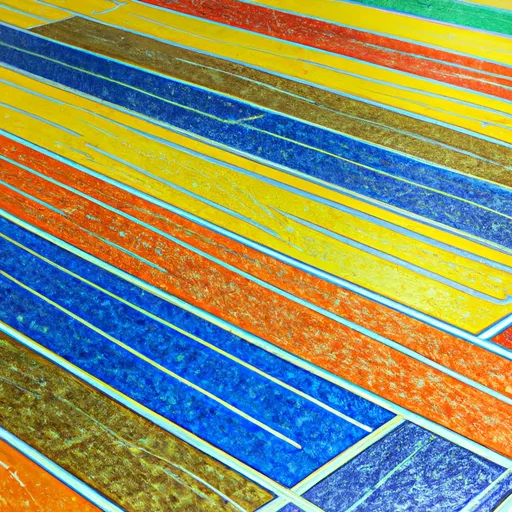
When creating websites, it is important not only to ensure their functionality, but also to create aesthetically appealing designs. To achieve this, website designers and developers use various tools and techniques, including web mosaic weaving.
Web mosaic weaving is the process of creating a harmonious and effective design for a website using design patterns. This approach allows for the creation of a unique design that combines aesthetics, logic, and functionality.
One of the most common design patterns used in web mosaic weaving is the "Strategy" pattern. The essence of this pattern is that it allows for the definition of a family of algorithms, encapsulating them and providing the ability to replace one algorithm with another without modifying the main class.
In the context of web mosaic weaving, this means that a designer can create multiple layout variations for a single web page and choose the most suitable one depending on the purpose and content of the page. For example, for a page with a lot of text, a layout with wide columns and spacing between them may be chosen to ensure readability. For a page with images and videos, on the other hand, a layout with large tiles and minimal spacing may be chosen to emphasize the visual content.
Another pattern that can be used in web mosaic weaving is the "Factory Method" pattern. Web pages typically consist of various components, such as headers, images, text blocks, etc. The Factory Method pattern allows for the definition of an interface for creating component objects and delegates the actual creation process to concrete creator classes.
Web designers can use this pattern to create components that work together effectively and fit harmoniously into the overall page design. For example, a header component may be created using a creator class that defines the style, color, size, and other parameters of the header in accordance with the overall design.
In addition to the Strategy and Factory Method patterns, other patterns can also be used in web mosaic weaving. For example, the Observer pattern can be used to create interactive elements on the page that respond to user actions.
The use of design patterns in web mosaic weaving allows for the creation of efficient and harmonious websites. They help developers and designers structure code and design, ensuring ease of maintenance and scalability of the project.
However, it is important to remember that design patterns are just tools, and it is not always necessary to use all patterns in every project. Each project is unique and requires an individual approach.
In conclusion, web mosaic weaving is an efficient and creative approach to designing websites. The use of design patterns helps create a harmonious and effective design that provides attractiveness and functionality to the website.


